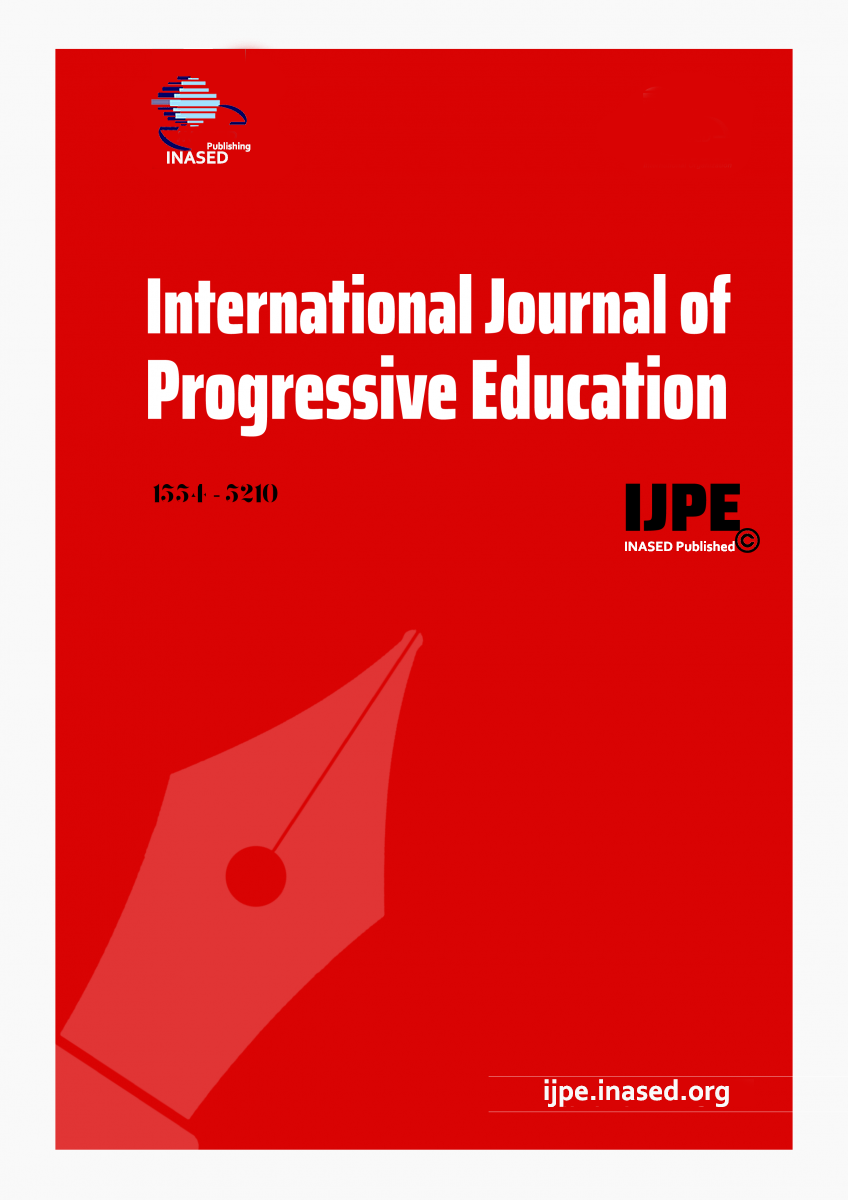Árva, V. and Medgyes, P. (2000): “Natives and non-natives teachers in the classroom”. System, 28 (3), pp. 355-372.
Boldero, J., Moretti, M., Bell, R., & Francis, J. (2005). Self-discrepancies and negative affect: A primer on when to look for specificity, and how to find it. Australian Journal of Psychology, 57(3), 139-147
Cook, V. J. (1999). Going beyond the native speaker in language teaching. TESOL Quarterly 33 (2),185-209.
Cook, V. J. (2003). Effects of the second language on the first. Clevedon: Multilingual Matters.
Coppieters, R. (1987). “Competence difference between native and near-native speakers”, in Language, 63, 544-73
Demirezen, M. (2008a) “Identity Problems of Non-native Teachers of English in Teacher Education,” The Internet TESL Journal, Vol. XIII, No. 8, August,
Dörnyei, Z. (2005).The psychology of the language learner: Individual differences in second language acquisition. Machwach, N. J.: Lawrance Erlbaum Associates.
Higgins, E. T. (1989). Self-discrepancy: A theory relating self and affect, Psychological Review, 94, 319-340.
Dweck, D. C. & Molden, C. S. (2006). American Psychologist. Vol. 61, No. 3, 192–203.
Hardin, E. & Lakin, J.(2009). The integrated self-discrepancy index: A reliable and valid measure of self-discrepancies. Journal of Personality Assessment, 91(3), 245-253.
Foley, J. A. (2007). English as a global language: My two satangs’ worth. RELC Journal, 38(1), 7-17.
Higgins, E. T., Roney, C., Crowe, E., & Hymes, C. (1994). Ideal versus ought predilections for approach and avoidance: Distinct self-regulatory systems. Journal of Personality and Social Psychology, 66, 276-286.
Higgins, E. T.(2012). Beyond pleasure and pain: How motivation works. New York, NY: Oxford University Press.
Horwitz, E. K. (1996): “Even Teachers Get the Blues: Recognizing and Alleviating Language
Teachers’ Feelings of Foreign Language Anxiety”, in Foreign Language Annals 29 (3), 364-372.
Jenkins, J. (2007). English as a lingua franca: attitude and identity. Oxford: OUP.
Kachru, B. B.(1982).The other tongue: English across cultures. Urbana, IL: University of Illinois Press.
Kachru, B. B and Nelson, L. C. (1996). "World Englishes." Sociolinguistics and Language Teaching. Eds. McKay L. Sandra and Hornberger H. Nancy. Cambridge: Cambridge University Press, 71-102.
Kirkpatrick, A. (2006). Which model of English: Native-speaker, nativized or lingua franca? In R. Rubdy & M. Saraceni (Eds.), English in the world – Global rules, global roles London: Continuum, 71-83.
Kohler, M. (2015). Teachers as mediators in the foreign language classroom. Bristol: Multilingual Matters.
Leung, C., Harris, R., & Rampton, B. (1997). The idealized native speaker, reified ethnicities, and classroom realities [Electronic version]. TESOL Quarterly, 31(3), 543- 560.
Llurda, E. (2004). Non-native-speaker teachers and English as an international language. International Journal of Applied Linguistics, 14(3), 314-323.
Markus, H. & Nurius, P. (1986). Possible selves. American Psychologist, 41, 954–969.
Matsuda, A. & Matsuda, P. K. (2001). Autonomy and collaboration in teacher education: Journal sharing among native and nonnative English-speaking teachers”. CATESOL Journal, 13, 1: 109-121.
Maum, R. (2002). “Nonnative-English-speaking teachers in the English teaching profession”, in ERIC Digest. [On-line]. Available at: http://www.cal.org/ericcll/digest/0209maum.html.
Medgyes, P. (1983).The schizophrenic teacher, ELT Journal Volume 37/1 January 1983, 1-6.
Medgyes, P. (1992). “Native or non-native: Who’s worth more?”, in ELT Journal, 46, 4: 340-349.
Medgyes, P. (1994): The Non-Native Teacher. London: MacMillan Publishers.
Medgyes, P. (2001). When the teacher is a non-native speaker. In M. Celce-Murcia (Ed.), Teaching English as a second or foreign language (3rd ed.). London: Heinle & Heinle, 429-442.
Merino, I. V. (1997). Native English-Speaking Teachers versus Non-Native English-Speaking Teachers. Revista Alicantina de Estudios Ingleses 10 (1997), 69-79.
Modiano, M. (1999). International English in the global village. English Today, 15(2), 22-27.
Paikeday, T. (1985). The Native Speaker is Dead!. Ontario: Paikeday Publishing, Inc.
Pakir, A. (1999). Connecting English in the context of internationalization [Electronic version]. TESOL Quarterly, 33(1), 103-114.
Phillips, A. (2005). Self-awareness and the emotional consequences of self-discrepancies. Personality & Social Psychology Bulletin, 31(5), 703-713.
Piller, I. (2002). Passing for a native speaker: Identity and success in second language learning. Journal of Sociolinguistics, 6, (2), 179-206.
Phillipson, R. (1996). ELT: The native speaker’s burden. In T. Hedge & N. Whitney (Eds.), Power, pedagogy & practice.Oxford: Oxford University Press, 23-30.
Rogers, C. R. (1961). On Becoming a person: A psychotherapists view of psychotherapy. Houghton Mifflin.
Reves, T. and Medgyes, P. (1994): “The Non-Native English Speaking EFL/ESL Teacher’s Self-Image: An International Survey”, SYSTEM 22 (3), pp. 353-367.
Rowe, K. & Sikes, J. (1989). The impact of professional development on teachers’ self perceptions. Teaching and Teacher Education, 5, 129–141.
Samimy, R. & Brutt-Griffler, J. (1999). To be a native or nonnative speaker: Perceptions of “nonnative” students in a graduate TESOL program. In G. Braine (Ed.), Nonnative educators in English language teaching, Mahwah, NJ: Lawrence Erlbaum, 127-144).
Selinker, L. "Interlanguage." IRAL 10 (1972), 219-31.
Sommers, S. (2004). Why native speaker teacher programs don’t work? Retrieved from http://scottsommers.blogs.com/taiwanweblog/2004/10/index.html
Stronge, J. H. & Ostrander, L. P. (1997). Client surveys in teacher evaluation. In J. H. Stronge (Ed.), Evaluating teaching: A guide to current thinking and best practice. Thousand Oaks, CA: Corwin Press, 129-161.
Stevens, K.N. (2000). Acoustic phonetics. Cambridge: Cambridge University Press TESOL 2006. Position statement against discrimination of non-native teachers of teaching English (http://www.tesol.org/docs/pdf/5889.pdf?sfvrsn=2, retrieved in 02 September, 2015)
Wallace, M. J. (1991). Training foreign language teachers – A reflective approach (2nd ed.) Cambridge: Cambridge University Press.
Widdowson, H. George. "ELT and EL Teachers: Matters Arising." ELT Journal 46.4 (1992): 333-39. http://www.tesol.org/docs/pdf/5889.pdf?sfvrsn=2, retrieved in 02 September, 2015).


